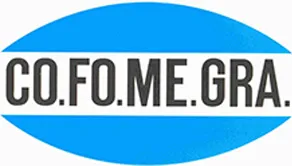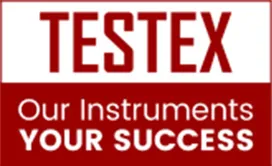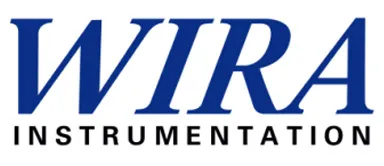2025 How to Choose the Best Lab Testing Equipment for Your Laboratory Needs
In the rapidly evolving landscape of laboratory technology, the selection of lab testing equipment has become a crucial factor for enhancing research outcomes and operational efficiency. As we approach 2025, the demand for advanced and specialized laboratory instruments continues to grow across various scientific fields. This makes it imperative for laboratory managers and researchers to be equipped with the knowledge necessary to make informed decisions regarding the best lab testing equipment tailored to their unique needs.
When considering the myriad options available, it is essential to evaluate factors such as accuracy, reliability, compatibility, and emerging trends in laboratory practices. The right equipment not only provides precise results but also contributes to a laboratory's overall productivity. Understanding how to identify and select the top digital types of lab testing equipment can significantly impact the quality of scientific investigation and innovation in various disciplines. As we delve into this guide, we will explore key considerations and metrics to assist you in choosing the optimal lab testing equipment for your laboratory, ensuring that you stay at the forefront of scientific advancement in 2025 and beyond.
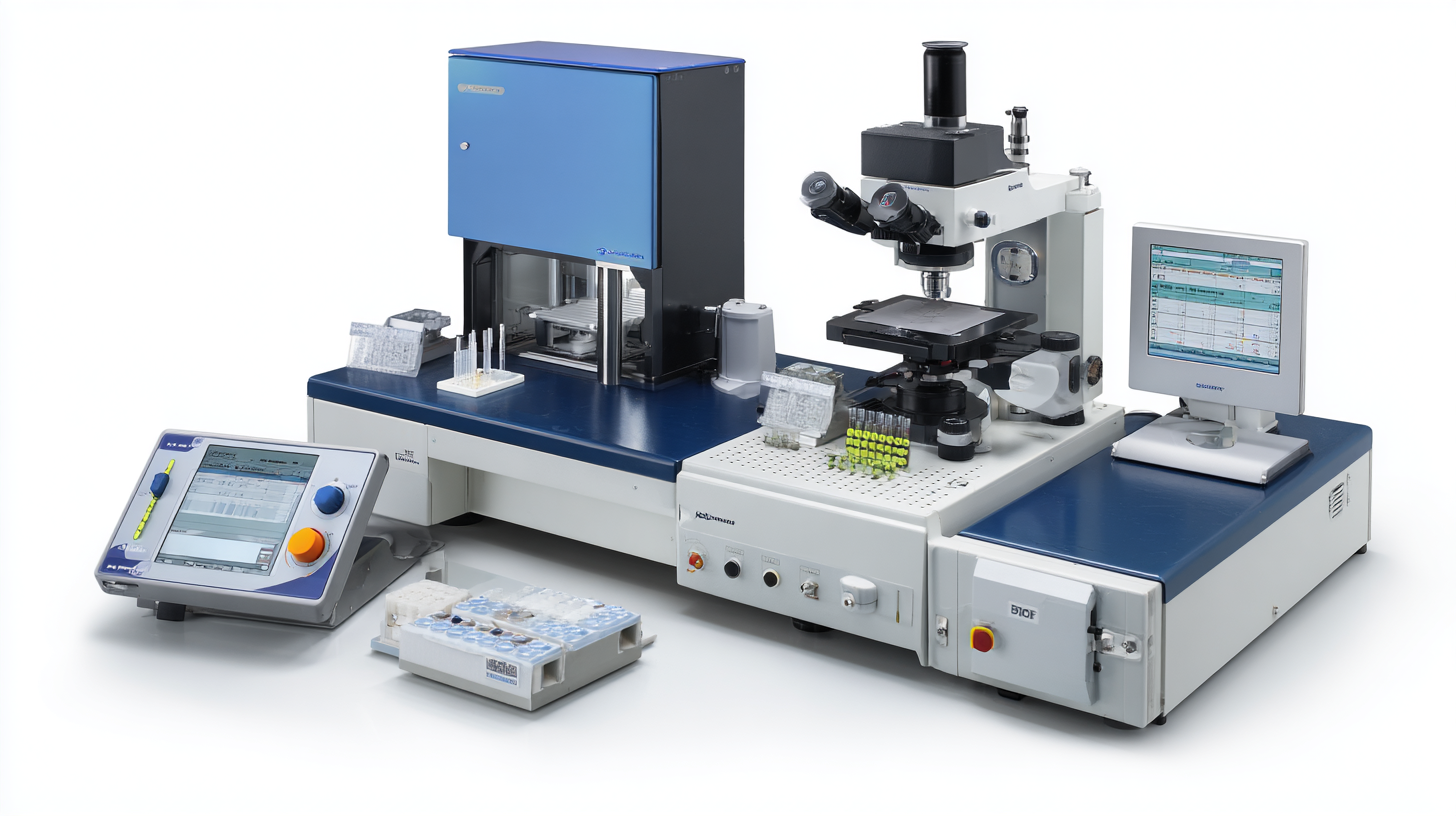
Understanding Your Laboratory's Testing Requirements and Objectives
When choosing lab testing equipment, understanding your laboratory's specific testing requirements and objectives is crucial. Every laboratory has distinct needs depending on the nature of the experiments conducted and the accuracy required. For instance, a study by the National Institute of Standards and Technology (NIST) outlines that laboratories focused on environmental testing must prioritize equipment that meets stringent regulatory compliance and sensitivity standards. This is because the margin for error in environmental analysis can significantly impact public health and safety.
Moreover, a survey conducted by Lab Manager in 2022 indicated that 68% of laboratory managers believe that aligning equipment selection with the lab’s overarching goals is essential for operational efficiency. For example, if your laboratory aims to conduct high-throughput screening, equipment such as automated liquid handling systems will be indispensable. Similarly, labs focused on research and development may require more sophisticated analytical instruments capable of delivering precise measurements. Thus, clear communication of your laboratory’s objectives not only facilitates making informed decisions regarding equipment but also ensures that these tools effectively support your operational outcomes.
Evaluating Different Types of Lab Testing Equipment: Key Features and Specifications
When selecting lab testing equipment, it's crucial to evaluate the various types available based on key features and specifications that cater to your laboratory needs. Recent advancements in technology have led to the development of highly specialized testing systems that enhance reliability and efficiency. For instance, with the rapid evolution of 5G networks, the demand for sophisticated testing solutions has surged. As of May 2023, over 284,000 5G base stations had been established, underscoring the necessity for robust and precise testing equipment to support this infrastructure.
Key features to consider include accuracy, ease of use, and compatibility with existing systems. Equipment designed to test large-scale components, particularly in solar energy and telecommunications, must adhere to stringent reliability assessments. Reports from industry conferences highlight the importance of system design and empirical testing techniques in ensuring the longevity and effectiveness of large components. Additionally, the integration of artificial intelligence in laboratory equipment has raised expectations for performance, making it imperative to discern which models deliver beyond marketing claims. Ensuring that your lab has the best testing equipment will not only improve operational efficiency but also enhance the quality of results obtained.
2025 Lab Testing Equipment Comparison
This bar chart illustrates the average cost of various essential lab testing equipment in 2025. It highlights the financial considerations one must evaluate when selecting lab equipment to meet specific laboratory needs.
Analyzing Industry Standards and Certifications for Reliable Lab Equipment
When selecting lab testing equipment, it is essential to understand the industry standards and certifications that ensure the reliability and accuracy of your instruments. Compliance with recognized standards can significantly influence the performance and safety of lab testing processes. Among these standards, ISO certifications, CE marking, and ASTM standards play a critical role in certifying the equipment used in various applications like aerospace, automotive, and electronics.
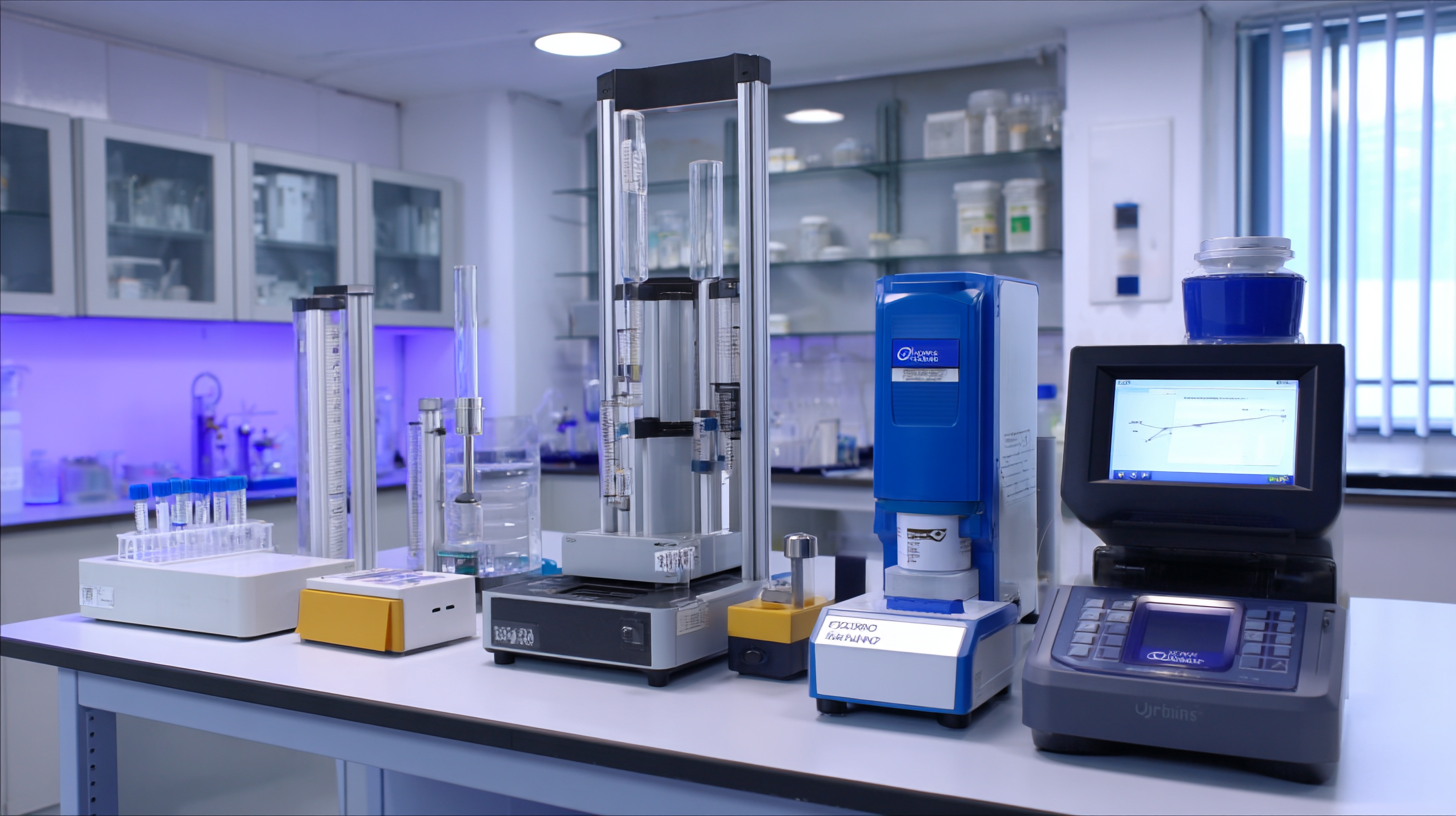
Tips: Always check for equipment that has undergone rigorous testing and received appropriate certifications. This not only guarantees quality but also helps meet regulatory requirements in your field. Additionally, consider suppliers who offer comprehensive support and service options to maintain the operational efficiency of your lab.
As the market for lab instruments evolves, the segmentation of equipment by type and application becomes crucial. For instance, vibration testing equipment categorized into ranges such as below 5 kN, 5 kN – 50 kN, and above 50 kN caters to a wide array of testing needs. Understanding these classifications helps laboratories choose the best options for their specific operational requirements, ensuring precision in testing and measurement processes.
Tips: Engage with industry professionals and attend workshops to stay updated on the latest technologies and certification processes in lab instrumentation. Networking can provide insights into the best products available and connect you with potential suppliers.
Budget Considerations: Balancing Cost and Quality in Lab Testing Equipment
When selecting lab testing equipment, budget considerations play a crucial role in achieving a balance between cost and quality. Many laboratories face the challenge of limited funds while still needing reliable and accurate equipment. It is essential to conduct thorough research into available options, comparing features and prices across various vendors. Investing in high-quality equipment can prevent potential errors and additional costs in the long run, making it a worthwhile consideration for budget-conscious laboratories.
Moreover, prioritizing equipment needs based on specific testing requirements can help focus spending. For instance, essential equipment that directly impacts the quality of results should be prioritized over less critical items. Another approach is to explore refurbished or used equipment, which can provide significant savings without compromising quality. By carefully evaluating both initial costs and long-term value, laboratories can make informed decisions that align with their operational goals while maintaining budget constraints.

Future-Proofing Your Laboratory: Trends and Innovations in Testing Technology
As laboratories strive to meet the demands of evolving research and testing requirements, future-proofing their operations becomes imperative. One of the key trends shaping testing technology is the integration of automation in lab equipment. Automated systems not only enhance efficiency but also reduce human error, allowing for more reliable results. Advanced robotics can perform repetitive tasks with precision, freeing up skilled personnel to focus on more complex analyses.
Another innovation gaining traction is the implementation of data analytics and artificial intelligence in testing procedures. By harnessing vast amounts of data, labs can identify patterns and improve diagnostic accuracy. AI-driven algorithms can assist in predictive analysis, optimizing workflows, and even facilitating real-time monitoring of experiments. Such technologies not only enhance the capacity of laboratories but also prepare them for future challenges and advancements in science.
Furthermore, the rise of sustainable laboratory practices is influencing equipment choices. Manufacturers are increasingly prioritizing eco-friendly materials and energy-efficient designs in their products. This shift not only caters to the growing demand for sustainability but also ensures long-term cost savings for laboratories. By staying informed about these trends and innovations, laboratories can make informed decisions that align with both their current needs and future objectives.
Related Posts
-
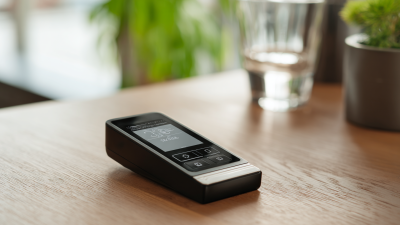
Unlocking the Secrets: How a Gloss Meter for Paint Transforms Surface Finishing
-

Solutions for Tailored Environmental Test Chamber Applications
-
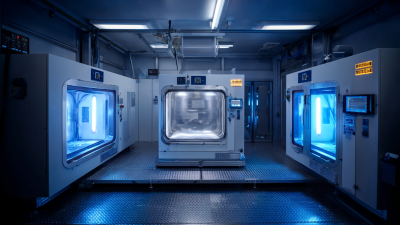
The Ultimate Guide to Choosing the Right Environmental Test Chamber for Your Laboratory Needs
-

7 Compelling Reasons to Invest in Thermal Chambers for Your Business Success
-

How to Choose the Right Force Tester for Your Manufacturing Needs
-
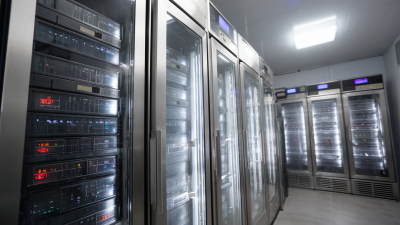
Ultimate Guide to Understanding Thermal Chambers: Selection, Usage, and Best Practices
Have Questions? We're Here to Help!
Give us a call at (864) 989-0566 or send us a message to discuss our testing equipment with an expert.



